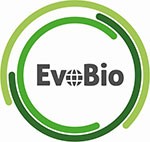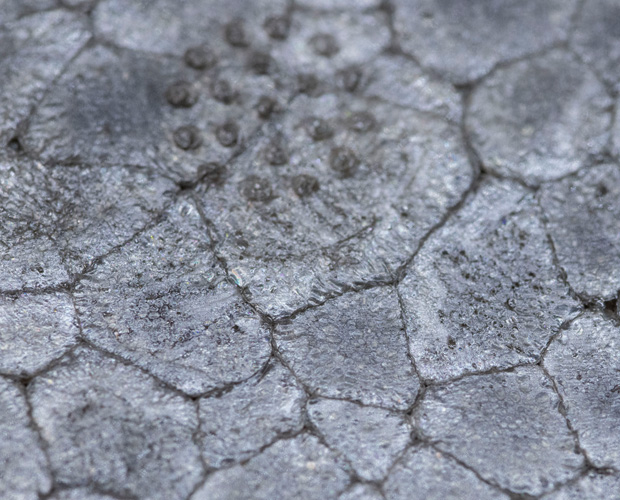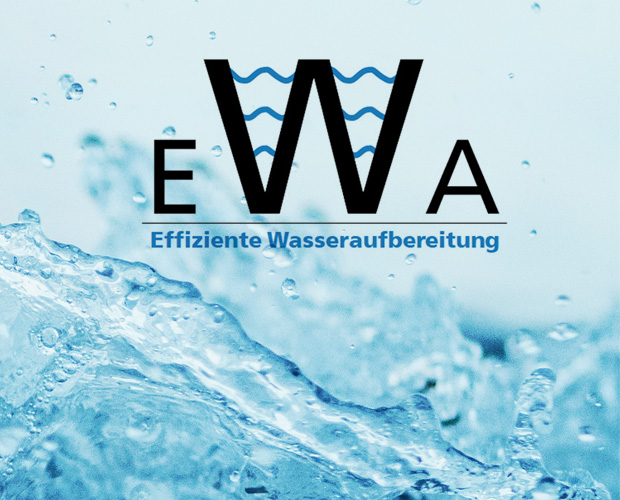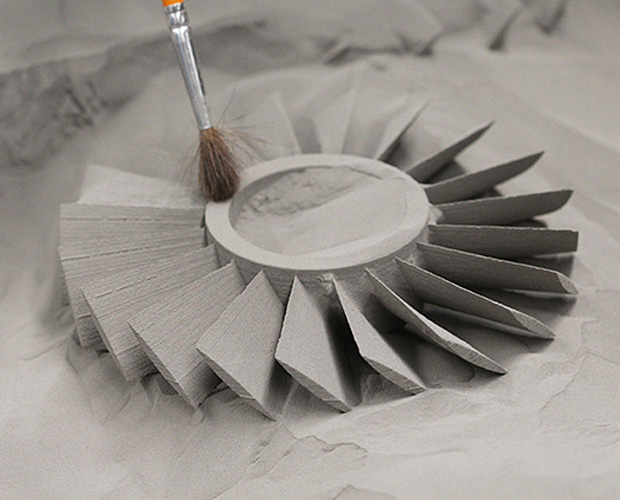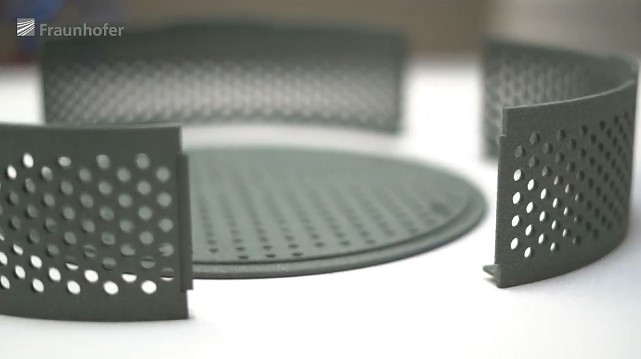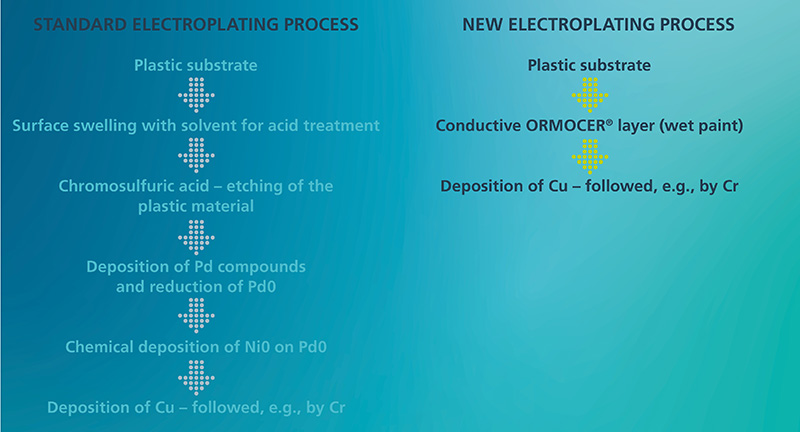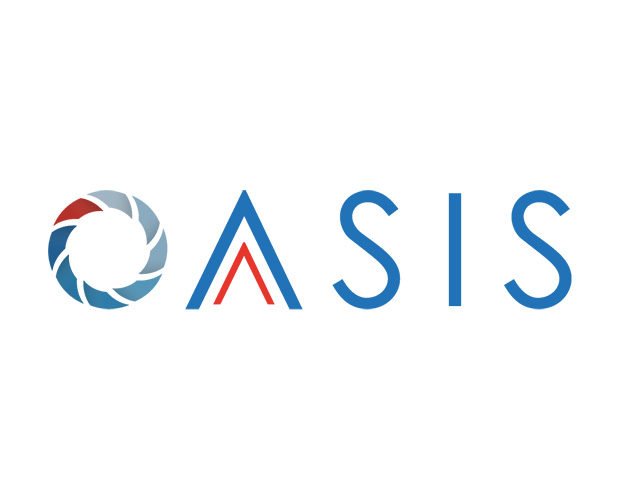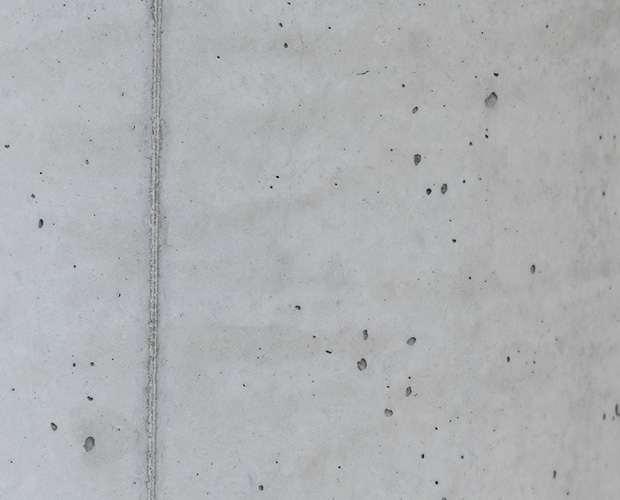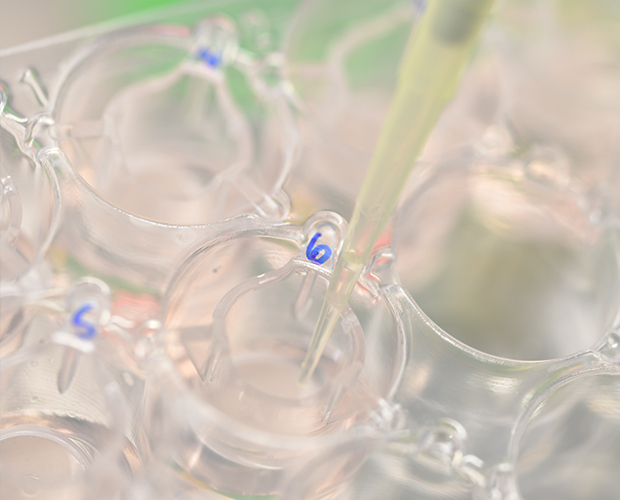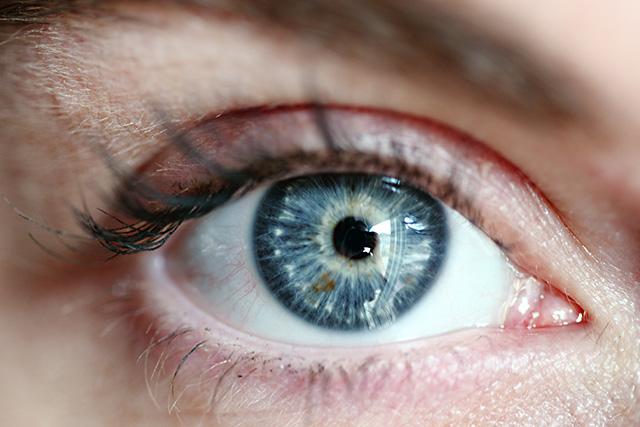Many industrial processes rely on water as a resource – both as a raw material for production and as a means of transport, a solvent or a separating agent. In order to use water as resource-efficiently and sustainably as possible and to conserve drinking water reserves, new solutions are needed for more efficient water use and recycling.
Reuse the resource water several times!
In the KMU-akut project “Efficient water treatment” – abbreviated EWA for “Effiziente Wasseraufbereitung” – a number of Fraunhofer Institutes under the leadership of Fraunhofer ISC and IFAM are pooling their expertise in electrochemical process technology, particle technology, and materials analysis. Together with industrial partners, they are working in four subject areas on the efficient treatment and multiple use of water, an important resource.
For many small and medium-sized companies, conventional commercial process water treatment is either oversized, too specific, too expensive, or simply unsuitable. The EWA project aims at closing this gap and developing solutions that meet the needs of small and medium-sized enterprises through their flexibility, scalability and comparatively low cost. Together with the three other Fraunhofer Institutes IKTS, ISE and IGB as well as five industrial partners, they carried out exemplary feasibility studies and validation projects in the fields of battery recycling, lithium extraction, alginite in sewage treatment processes and seawater desalination for the lead markets energy industry, chemical industry, health industry as well as plant and mechanical engineering.
A good overview of the working methods of the EWA project partners is provided, for example, by the subproject on the efficient and sustainable treatment of process water from lithium-ion battery recycling plants. The increasing number of electric vehicles produces more used traction batteries. The ISC‘s goal in the EWA project is to recover valuable battery materials as efficiently as possible and to purify process water such that it can be recirculated.
Ideally, the materials should then be sorted by type so that they can be directly reprocessed into new batteries. The starting point for the project work was the electrohydraulic shredding process (referred to as EHZ, elektrohydraulische Zerkleinerung) – a development of the project partner Impulstec – with which the batteries can be broken down into individual material fractions. The water-based process produces coarse and fine material fractions as well as substances that go into solution.
Project partner MAB Recycling is a user of the EHZ and was looking for a suitable treatment method to remove valuable battery materials as completely and separately as possible and to free the process water from disturbing impurities.
The recycling specialist supplied the process water as a raw material and in return received analysis results and important know-how to advance its own water treatment. Another industrial partner in the project was CEPA, a manufacturer of industrial centrifuges. The company has been working for some time with Fraunhofer ISC on the further development of centrifuge technology.
In the EWA project, the three companies worked together with Fraunhofer ISC on specific issues to reduce the volume of process water, to recycle it as far as possible, and to promote the separation of materials by type as far as possible. As a result, processes are improved, water is saved, and further ideas for joint projects beyond EWA are generated.
Selective adsorption of metal ions and environmental pollutants
In this process, magnetic adsorbent particles are used to selectively and efficiently remove (heavy) metal ions and pollutants such as drug residues from process and sewage waters. Terra Natural Resources GmbH is also on board as an industrial partner. Magnetic and silicate particles are combined with a particularly efficient and selective adsorbent for environmental pollutants: alginite. It is a special, naturally occurring, recyclable mineral that, unlike the activated carbon currently used, is cost-effective and has high environmental compatibility and very good separation performance for both hydrophilic and hydrophobic substances.
The clever modification of alginite with magnetic particles ensures a consistently efficient adsorption performance and also guarantees residue-free separation of the absorbent particles from the treated sewage waters. The cost-effective and sustainable process has great potential and will be a valid alternative for use in sewage water treatment plants in the future.
Website "ewa"
